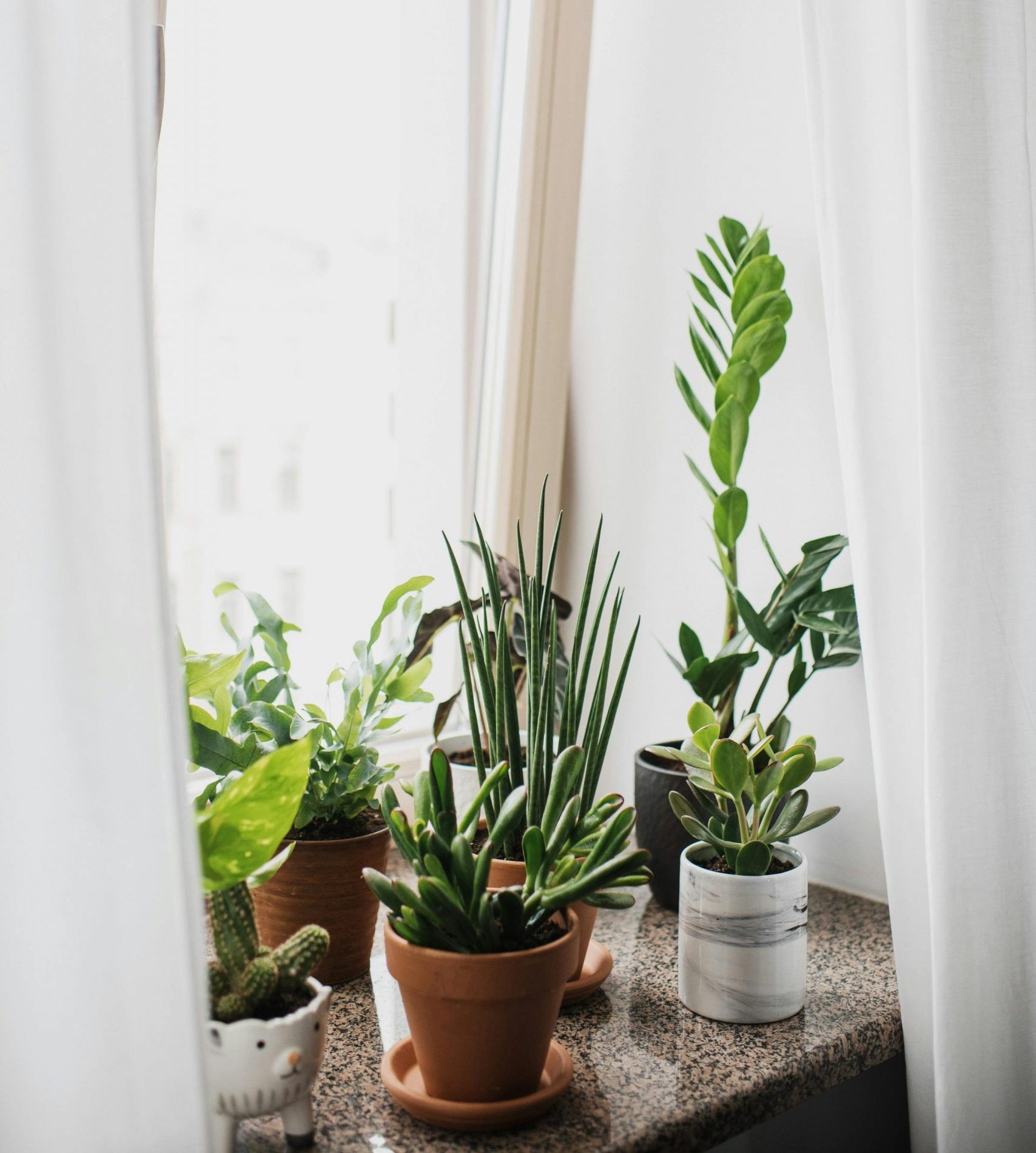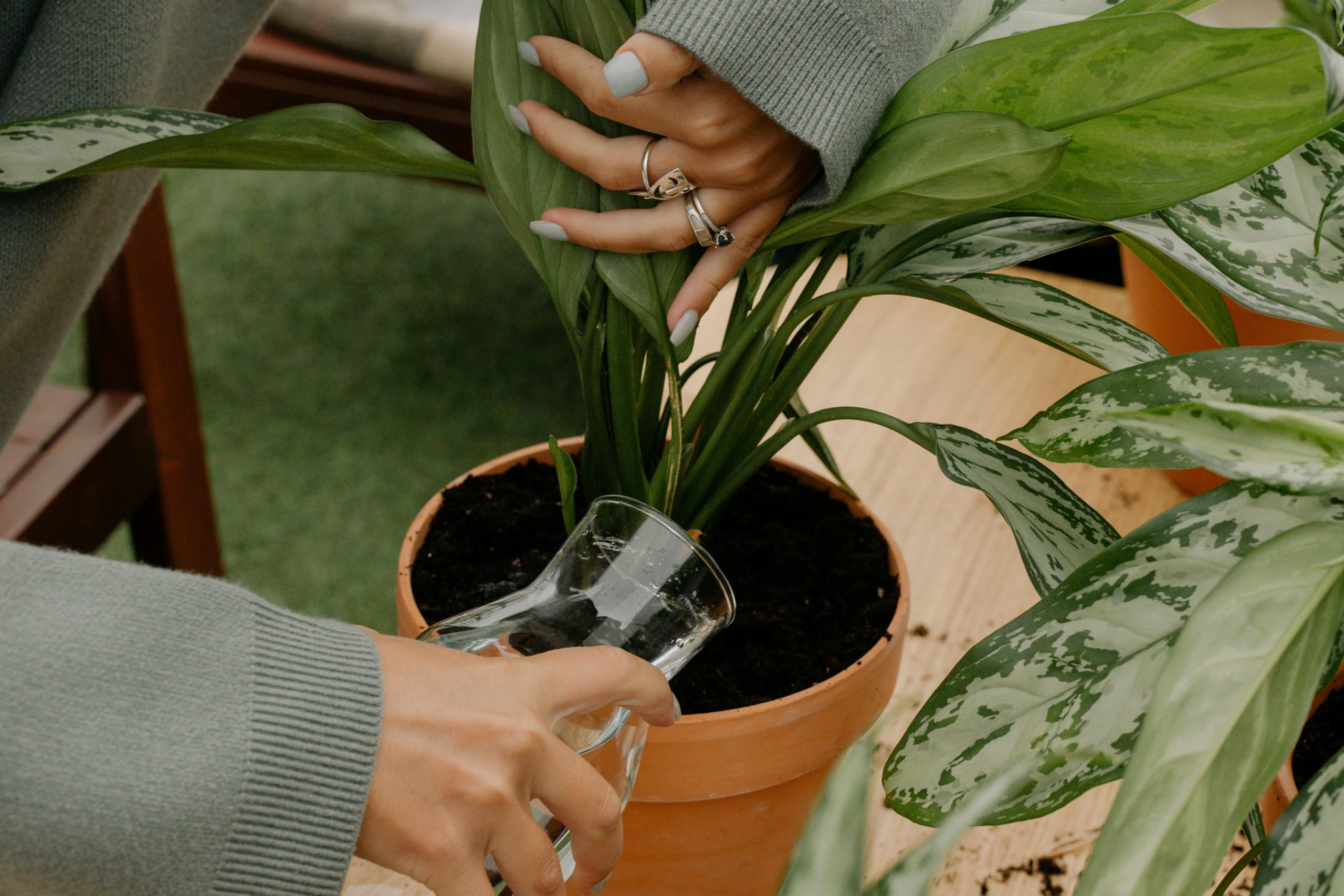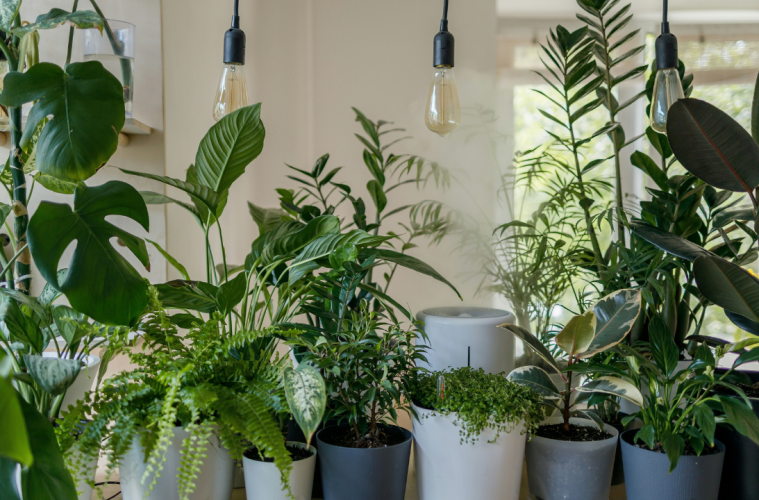Maintaining a thriving houseplant collection requires more than a decorative touch – it demands an understanding of the fundamental needs of your green companions. Just like any living beings, plants rely on specific conditions to grow and flourish.
Let’s take a look at 5 essential elements that plants need to grow and explore their functions, offering insights to keep your indoor garden vibrant and healthy.
5 Things that plants need to grow and what they do:
1. Light
All plants, whether lush foliage or delicate blooms, depend on light for their survival. Light serves as the energy source for photosynthesis, the process by which plants convert carbon dioxide into vital food. The amount and intensity of light are crucial factors, and different plants have varying preferences.
To ensure optimal growth, position houseplants in or near windows, adjusting their location with changing seasons. Some plants thrive under artificial light, making grow lights a valuable addition for indoor gardens. A light meter can help gauge if your plants are receiving adequate light.

Unsplash
2. Air
Plants, like humans, need to breathe. They absorb carbon dioxide from the air, utilising carbon to create sugars for nourishment and energy to fuel growth. While providing fresh air indoors can be challenging, there are practical measures to enhance air quality.
Regularly dusting or wiping leaves aids respiration, and placing a fan nearby promotes air circulation. Avoid exposing sensitive plants to areas with poor air quality, such as kitchens with smoke and odours. Create a healthy breathing space for your plants, and they will reward you with lush growth.
3. Water
Water is the lifeblood of plants, constituting up to 95 percent of their tissues. It plays a crucial role in nutrient transportation, cooling, and structural support. Understanding your plants’ water needs is essential for their well-being.
Different plants have varying water requirements, and factors like soil drainage and pot choice impact moisture levels. Opt for pots with drainage holes, employ bottom watering techniques, and use self-watering pots for consistent moisture. Grouping plants together can also enhance humidity and moisture levels.

Pexels
4. Nutrients
Nutrients are the building blocks of a plant’s survival, encompassing vitamins, minerals, and carbohydrates. These elements fuel essential functions, ensuring robust growth from roots to leaves, and from flowers to fruits.
Houseplants primarily rely on potting soils and fertilisers for nutrient intake. Enhance soil quality by incorporating aged compost, and choose fertilisers tailored to your plant’s needs. For mounted plants with aerial roots, fertilisation becomes crucial, as household air often lacks the necessary nutrients.
5. Space
Plants require adequate space for healthy growth, encompassing both the container and its placement in your home. Proper drainage is paramount, with decorative pots without holes best paired with a smaller cache pot.
While some plants tolerate slight root binding, overcrowded roots can hinder moisture retention and nutrient absorption. Provide climbing or draping plants with suitable structures like shelves or hanging baskets. Group plants thoughtfully, leaving ample space for optimal air circulation.
Tips to help your plants grow and thrive in your home
To nurture a flourishing indoor garden, consider the following tips:
- Tailor your pot choices to the needs of each plant, using clay for those that prefer drier conditions and plastic or glazed pots for moisture-loving plants.
- Regularly inspect your plants for signs of pests or diseases, isolating affected plants until the issues are resolved.
- Limit pruning and dividing to the appropriate seasons.
- Refresh soil every one to two years, even if your plant doesn’t require a larger pot.
- Use diluted houseplant fertiliser, avoiding overfertilisation.
ALSO SEE:
A guide to thriving plants while you’re away for the holidays
Feature image: Unsplash

